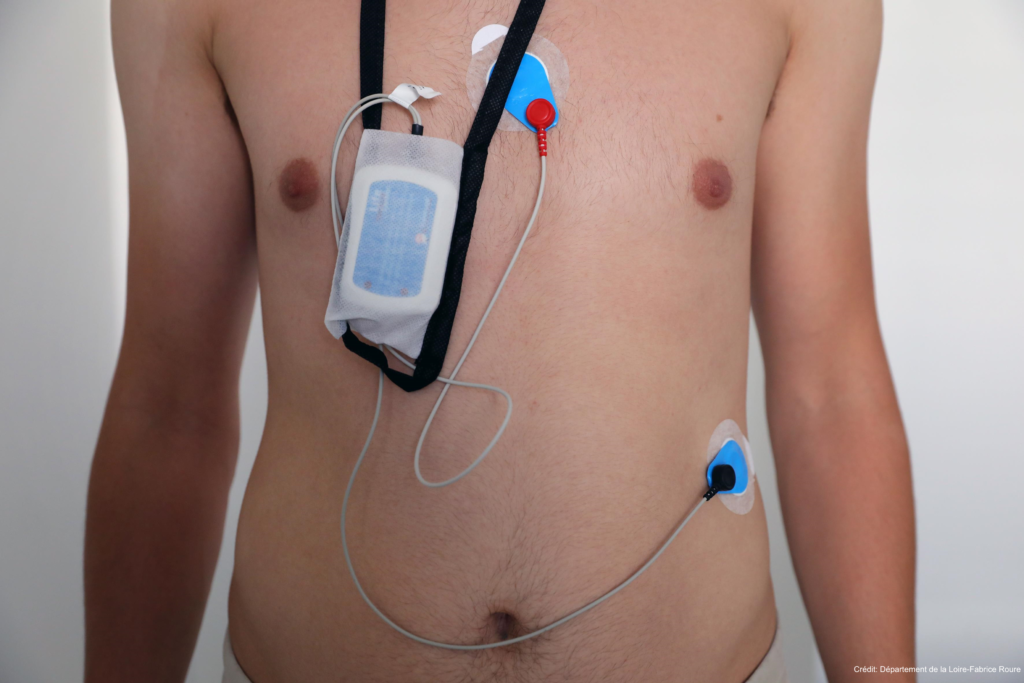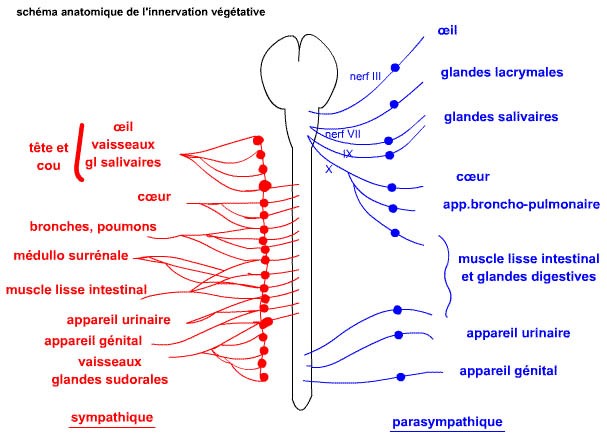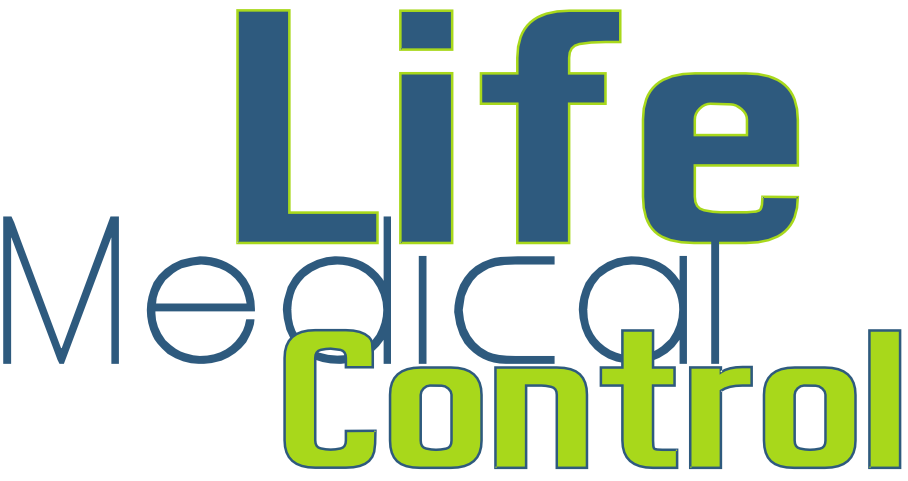Research
A part of our DNA
Given our background and history, it is undeniable that research is part of our DNA and that it continues to generate great interest for us.
Our NeuroCoach solution is only the conclusion of years of research. And it is through research that we will continue to innovate and provide answers and solutions to prevent risks or even treat them.
It is certainly a long-term job, the fruits of which are not necessarily harvested immediately.
It is very rewarding to arrive at discoveries, especially when they are useful for the well-being, healthy aging and good health of all.
Over the years, we have forged strong links with research teams in the fields of cardiology, neurology, dermatology, gynecology, cancerology, physiology, etc.
These relationships have allowed us to successfully carry out great study projects.
For example, we are continuing our actions in close collaboration with SNA-EPIS, SAINBIOSE (Inserm Team Unit U1059), and the PROOF Cohort.
Our knowledge of the medical environment and more specifically that of research allows us to provide expertise on our knowledge and know-how. The NeuroCoach solution has been involved on many occasions in studies, in particular to enable the measurement and analysis of the Autonomic Nervous System. For example, we responded during the COVID phase to easily and quickly provide NeuroCoach devices in order to monitor patients.
If you are interested in our actions, do not hesitate to contact us via the form at the bottom of the page.
Our expertise: analysis of physiological signals
The NeuroCoach Project
This project emerged following clinical studies on the limitation of aging by activation of the Autonomic Nervous System which demonstrated that the decline in activity of the Autonomic Nervous System precedes the appearance of classic cardiovascular risk factors.
Among the studies carried out, one in particular is based on long-term monitoring of the elements of aging. This study showed the sequence of aging anomalies with first a loss of activity of the Autonomic Nervous System, followed by the appearance of high blood pressure and generalized inflammation, at the source of accelerated general aging of the entire organism.
More specifically, in our studies, one stage of aging was found to be asymptomatic sleep apnea, proportional to the loss of activity of the Autonomic Nervous System. Above all, this sleep apnea was found to be associated with a proportional loss of gray matter in the brain stem, a loss that affects the main centers regulating blood pressure, ventilation and inflammation, leading to accelerated vascular aging, affecting all organs. In addition, an incidence study showed that more than 40% of subjects aged 65 had sleep apnea, which was completely asymptomatic.
This is also associated with cognitive impairment. It is now considered that the impairments we observed in brain MRIs are initial impairments of Alzheimer’s disease.
The impairment can be early, as early as age 50. Some hospitals have looked into this problem and offer assessments, albeit partial, of the activity of the Autonomic Nervous System, generally in the case of treatment of high blood pressure.

The diseases to be prevented are strokes and heart attacks, but also cognitive decline, Alzheimer’s-type dementia and related diseases.
The subjects presenting these pathologies are 850,000 in 2008 in France, this number should reach 1,200,000 in 2020 and 1,700,000 in 2028.
All this work and studies have allowed us to isolate markers allowing us to give an indication of the level of quality of the SNA.
Following this, we have developed the means and services allowing us to offer a rapid, non-intrusive and precise solution to the greatest number.
The Autonomic Nervous System
The autonomic nervous system includes all the neurons that are located outside the central nervous system except the sensory neurons contained in the spinal ganglia (near the spine: the spinal column). A nerve ganglion is formed by the union of many synapses.
The hypothalamus is the area of the brain that coordinates the sympathetic nervous system.
The parasympathetic nervous system is divided into two parts:
One originates inside the brain stem (just above the spinal cord) and is responsible for innervating the face, neck, thorax and abdomen.
The other, which originates from the lateral horn of the sacral spinal cord (S2 to S5), gives rise to nerves that are distributed to the pelvic organs (of the pelvis).
The autonomic nervous system, or if you prefer neurovegetative, ensures the innervation of smooth muscles (which are not under the control of the will) of the vessels and viscera and of the exocrine glands (with external secretion) and endocrine glands (whose secretion is carried out inside the bloodstream). The autonomic nervous system also ensures the innervation of a part of the parenchymal cells (functional tissue of an organ).

This nervous system allows to control all the vegetative functions of the human body and to regulate the internal environment by a phenomenon called homeostasis. Homeostasis is the faculty that all living beings have to maintain and restore the physiological parameters that allow the organism to function properly. It acts among other things on the concentration of blood, lymph (clear, whitish liquid, particularly rich in proteins and lymphocytes and which circulates in the lymphatic vessels), blood pressure, temperature, circulation, respiration, secretion, opening or closing of the pupils, heart rate etc. This is independent of changes in the external environment. The name of the autonomic system comes from the fact that the action of this nervous system is independent of the will. The sympathetic nervous system and the parasympathetic nervous system have an action on any organ of the body in an opposite way. Thus when one stimulates, the other inhibits or slows down, if we prefer the same function. For example, the excitation of the sympathetic nervous system accelerates catabolism, that is, the destruction of proteins, fats, etc., while the excitation of the parasympathetic nervous system, on the contrary, has an antagonistic effect and increases anabolism, that is, in a way, the development of the organism.
The information from the ANS proves to be a vital marker for those who wish to know what state of fitness they are in.
Articles and publications
Contact us
Are you interested in our research projects? Would you like to set up projects with us? Do not hesitate to contact us.

